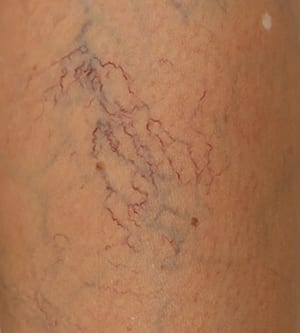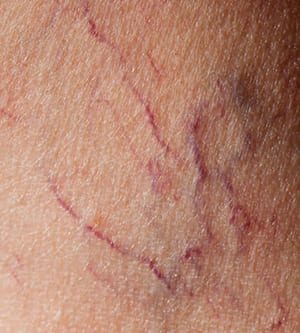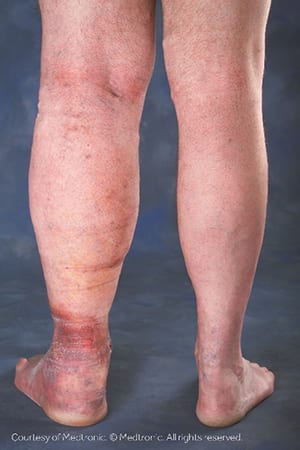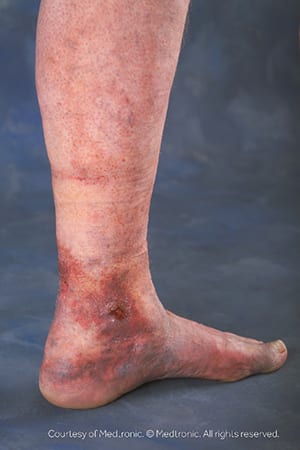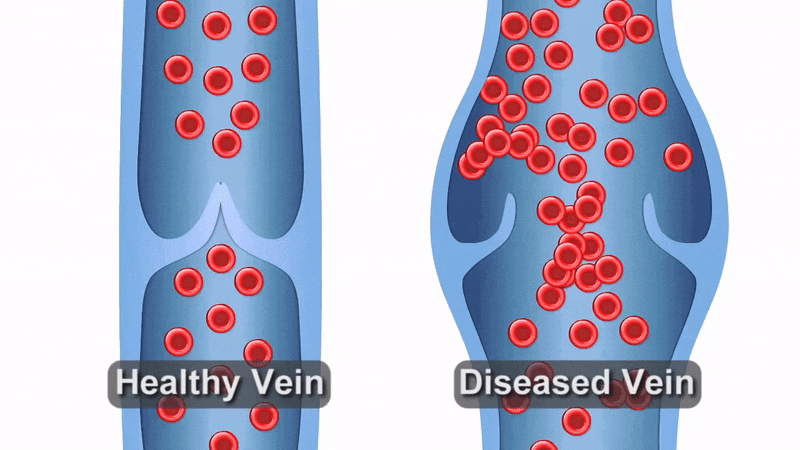What is CVI? Chronic venous insufficiency (CVI) is a disease that manifests in different ways due to incompetent valves of the leg veins.
Spider veins
Spider veins are considered a milder version of varicose veins. They appear as a thin web-like collection of superficial veins and may seem innocuous, but spider veins may be concealing more serious venous disease of the legs.
